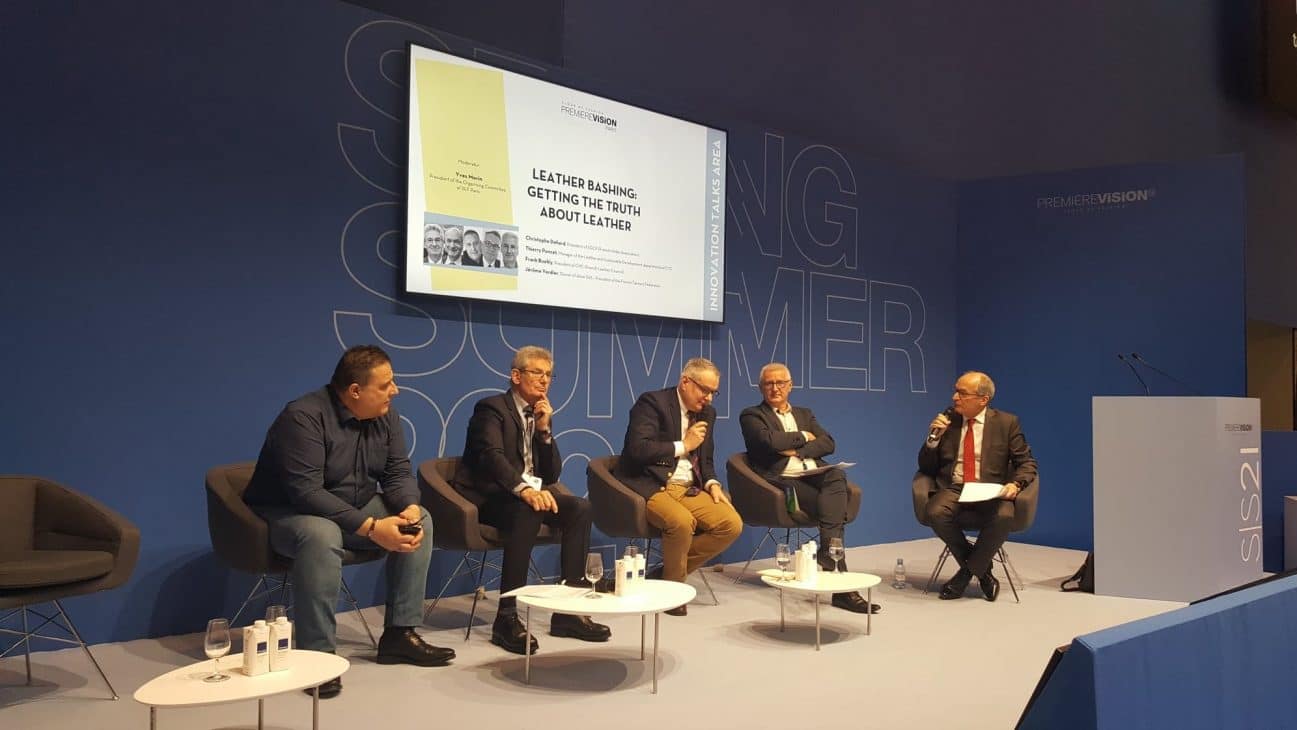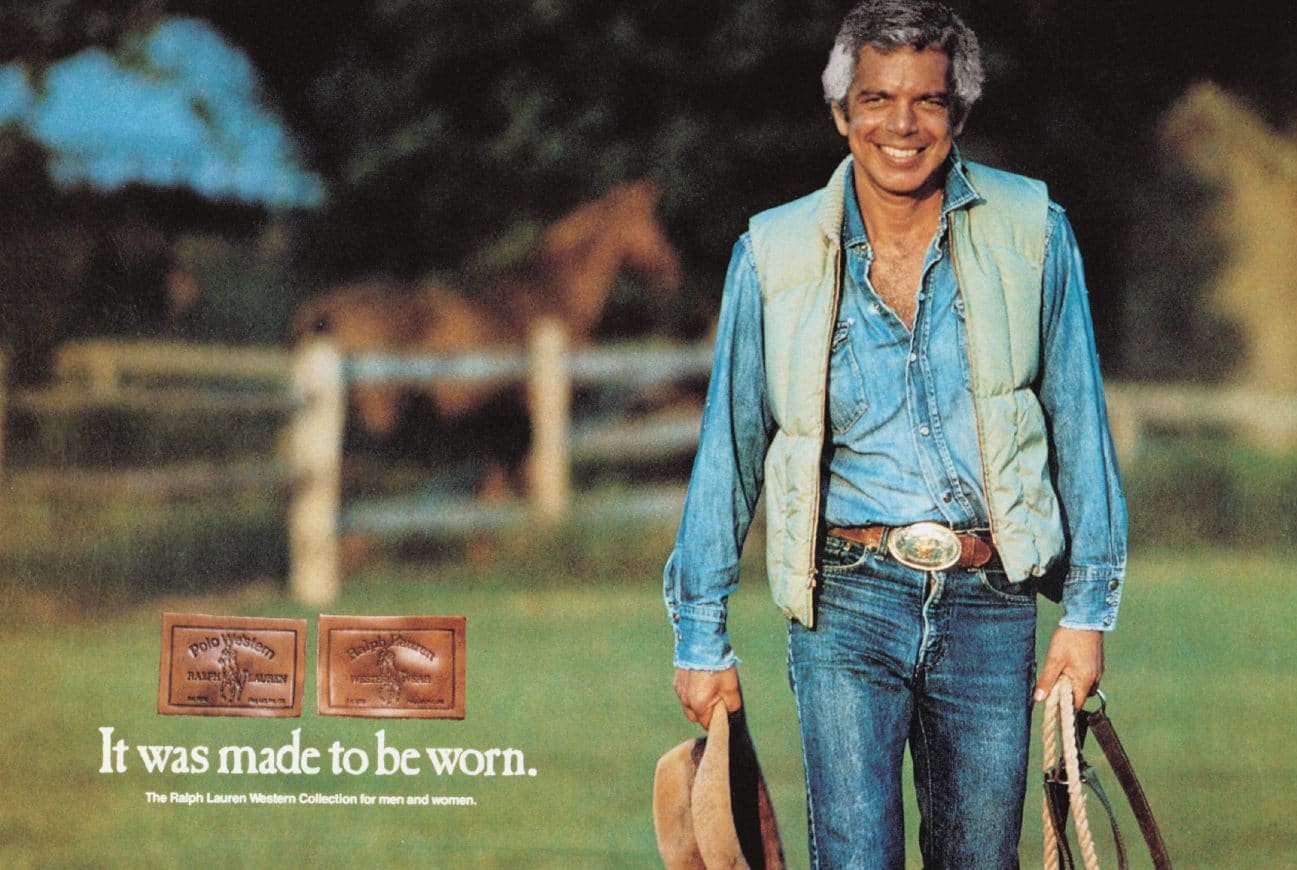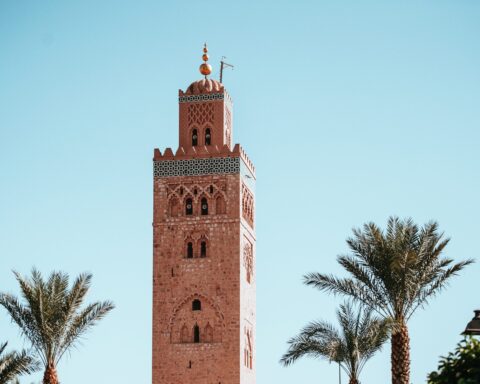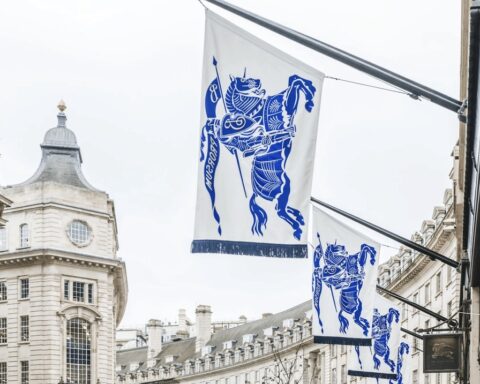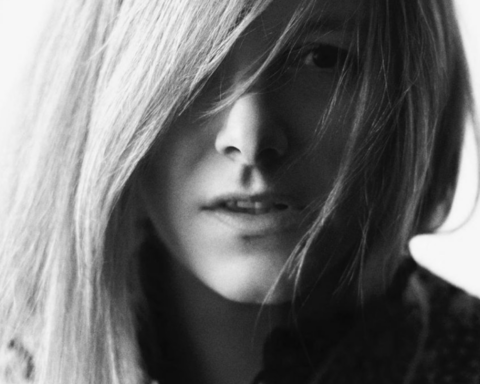[vc_row][vc_column][vc_column_text]
Première Vision Leather, the international leather and fur fair, closed its doors on February 13 in Hall 3 of the Villepinte exhibition center, north of Paris. An edition which intended to honor the transformation of the leather trades, the rise of eco-responsible offers and the innovations linked to the spring-summer 2021 season.
In response to the growing demand from fashion brands looking for reliable suppliers to take care of and manufacture their finished products, Première Vision has unveiled its traditional space dedicated to the manufacture of leather goods, footwear and leather clothing with fashion designers and manufacturers of technical components.
And the 329 PV Leather companies were able to observe some changes.
Since last September, the organiser has been offering fashion speed dating, while the Leather Selection fashion forum has been completely redesigned for the spring-summer season 2021.
The Manufacturing Leather space, launched a year ago for finished products, has also gained momentum with now around forty international workshops (Portugal, Italy, Brazil, Tunisia, Colombia, Spain, France, India, Turkey, etc.) who presented their know-how and service for the realization of collections of clothes, shoes and leather goods.
Among the 5 French tanneries & tart stores, there were in particular the Haas tanneries which offer high-end calfskin for leather goods, shoes, saddlery, watches and decoration. We also note the presence of Féoni Lab, a leather workshop in Paris, specializing in design and prototyping for Luxury.
For its part, the Smart Materials section proposed new, even unique concepts, responsible creations of fabrics, leather, threads and accessories.
The space has doubled in volume to bring together around fifty companies.
The Leather Technical Center (CTC) provided advice on setting up a quality policy in business.
This edition of Première Vision Leather was also marked by an enhanced program of conferences and workshops as the entire industry intended to honor its commitments to sustainable development.
“Leather Bashing”: the industry intends to restore the truth about leather
Dedicated conferences on trends followed one another for 3 days. And eco-responsibility in leather was not forgotten. On the program in particular, the conference entitled: “Leather Bashing, restoring the truth about leather”, moderated by Yves Morin, president of the organizing committee of the Sustainable Leather Forum (SLF).
Thierry Poncet, of the Center Technique du Cuir (CTC), set the tone: “Environmental concern is very old at CTC and throughout the profession”. And to recall : “We have no concern for public health! Our French tanneries tan with chromium 3 which, when the manufacturing process is poorly controlled, turns into chromium 6 which is allergenic to it.”
According to Jérôme Verdier, President of the French Federation of the Tanning Mégisserie, vegetable tanning would not be more ecological than chrome tanning: “In fact, the ecological footprint does not come so much from the tanning technique used but from the way to implement it!”.
“Chrome tanning represents 80 to 85% of all tanned leathers,” says Jérôme Verdier.
“The leather industry is in essence a recycling activity which uses a by-product from the agro-food sector to make quality products that are sustainable and identifiable !”, Also recalls Frank Boehly, president of the National Leather Council (CNC).
“We don’t breed animals to produce leather ! If the skins were not processed, they would be destroyed and incinerated, generating a very significant waste treatment,” continues Christophe Dehard, President of the General Union of Hides and Skins.
Frank Boehly also points out that in France decree 2010-29 of January 8, 2010 specifies that “the use of the word leather” is prohibited in the designation of any material other than that obtained from animal skin […]. “The leather industry wishes to alert the public and the press to an increasingly misused and abusive use of the term leather and thus avoid confusion and deception. The names of pineapple, grape and mushroom leather are mistaken expressions. The same goes for eco-leather or vegan leather, which very often covers products made from synthetic materials derived from petrochemicals !”
It should also be remembered that on Thursday January 16, the National Leather Council (CNC) published its white paper dedicated to responsible, environmental and ethical approaches in the leather industries. Goal? Reinforce the environmental approaches of the sector around “clear commitments”, to better differentiate themselves on the world market but also to regain public confidence, shaken by the pollution of the planet and animal mistreatment ; without forgetting the amplification of the “vegan movement”.
Read also > In France, the CNC promises to support a leather industry in the midst of a “revolution”
[/vc_column_text][/vc_column][/vc_row]

